April 14, 2025 | 03:39 GMT +7
April 14, 2025 | 03:39 GMT +7
Hotline: 0913.378.918
April 14, 2025 | 03:39 GMT +7
Hotline: 0913.378.918
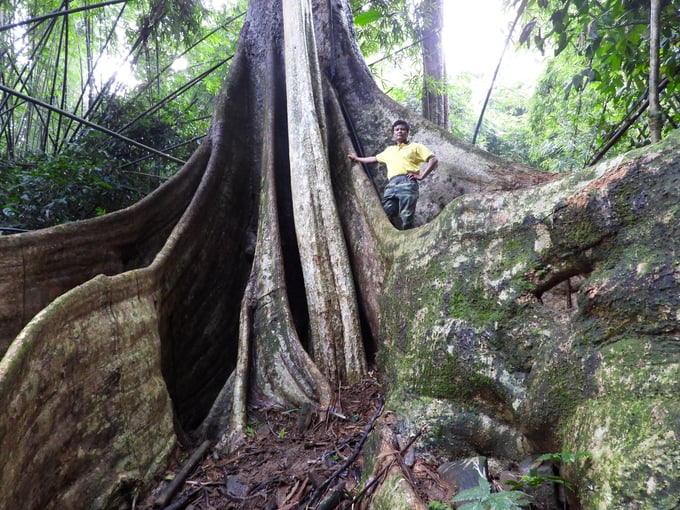
Heritage Giant Crape-myrtle in Bu Gia Map National Park. Photo: Kieu Thap.
The sun burnt fierce on a mid-April day. We were on our way to Bu Gia Map National Park to witness the remaining precious "masterpiece” forest of Binh Phuoc province bestowed by nature. Due to some problems along the way, we were at the headquarters of Bu Gia Map National Park around some time pass noon. At the place, Le Duy Thang, an officer of the Garden's Technical Department, was already waiting. As soon as we agreed on the route, we got on 2 motorbikes and departed for the forest.
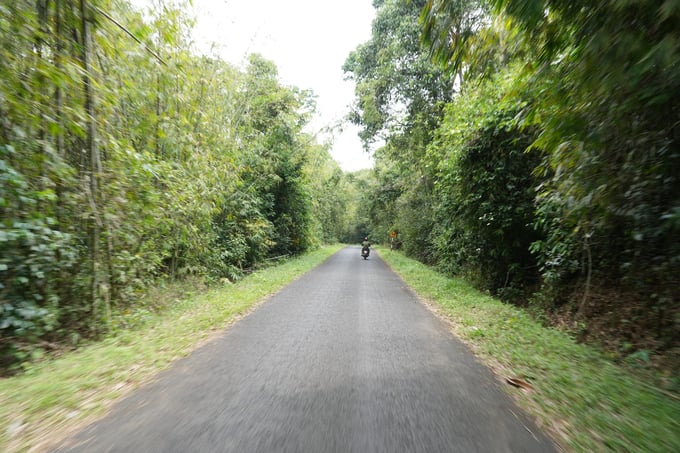
Highway 14C through the forest of Bu Gia Map National Park. Photo: Phuc Lap.
Bu Gia Map National Park is located at the end of the Southern Truong Son mountain range, in the administrative territory of Bu Gia Map district. This is the largest continuous primeval forest of Binh Phuoc province with an area of nearly 26,000 ha, the coverage is over 90%, mostly natural forest with two main types - tropical rainforest closed evergreen forest and tropical moist semi-evergreen closed forest.
"Isn't the boundary of Bu Gia Map National Park in the Central Highlands more reasonable?", I asked the young officer. Thang said: "It is true that it is "land-sticked" with Dak Nong, but it is not in the Truong Son range. The highest mountain is located close to Dak Nong only 738m above sea level, which means that it is not in the terrain of the Central Highlands as its altitude is 1,000 m or more. If you pay attention, you will see a very clear difference in weather and climate. The difference in soil and weather also creates a forest with an ecosystem with its own characteristics of the Southeast region, different from the forests of the Central Highlands”.

The border crossing area between Binh Phuoc, Dak Nong and the friend country Cambodia. Photo: Phuc Lap.
When the bikes just passed the guardrail and entered the road, both sides were covered with seas of female bamboo that we almost could not see the sun, and all of a sudden, a blow of cool air calmed my mind. "Do you smell anything?", Thang turned back and asked. “The smell of dampness, trees, and rotting leaves,” I replied. Thang smiled and nodded.
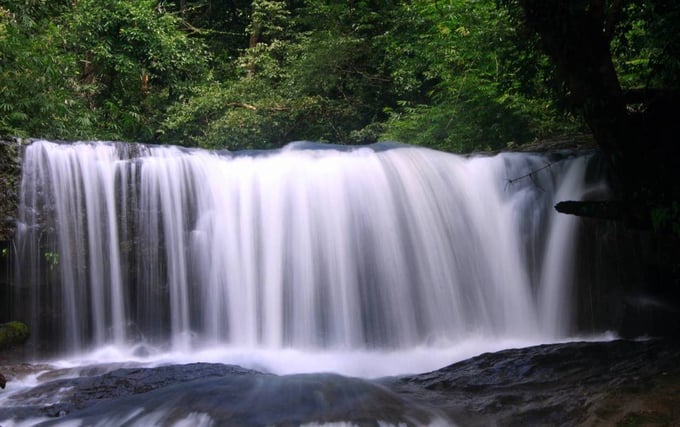
Dak Bo Waterfall in the forest core of Bu Gia Map National Park. Photo: Phuc Lap.
After about 2 hours of traveling by motorbike and walking, a beautiful natural scene appeared before my eyes. I was surprised. It was a waterfall, about 20 m wide and 15 m high. The rocky shore of the upper stream was quite flat, so the water pouring into the lake below was also a regular flow, looking like a pure white silk strip, or “white cloud in the sky”. The water poured down, creating steam that rose up and then spread into the air. It was as if the primeval forest around the waterfall was engulfed in mist.
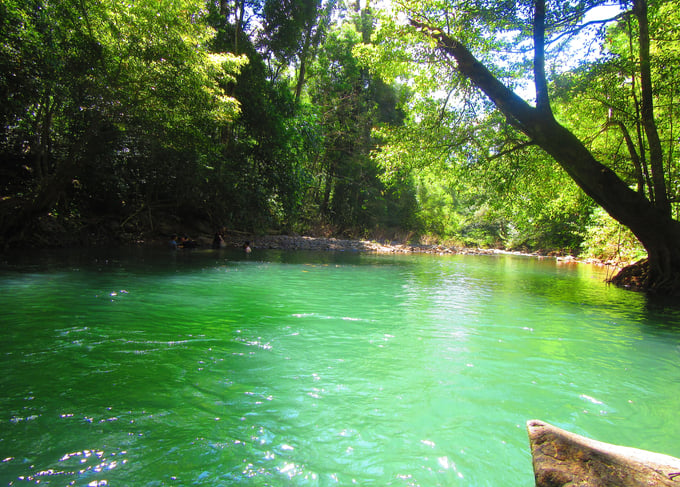
Gieng Troi, one of the "landscape masterpieces" in Bu Gia Map National Park. Anh: Kieu Thap.
“This is Dak Bo waterfall I told you guys about. The waterfall has 3 floors, each floor has a large bathing area, enough for hundreds of people. Due to the transition from the plateau to the plain, the terrain of Bu Gia Map National Park is strongly divided, creating hills and valleys, intertwined with about 20 large and small streams and beautiful waterfalls like Dak Mai, Dak Bo, Dak Ca, Dak Rot, Luu Ly, Dak Sam. The overall landscape of the park is extremely diverse. Those who have been to this place once would never forget what they had experience here,” Thang said.
World-level sites that preserve plant and animal genetic sources
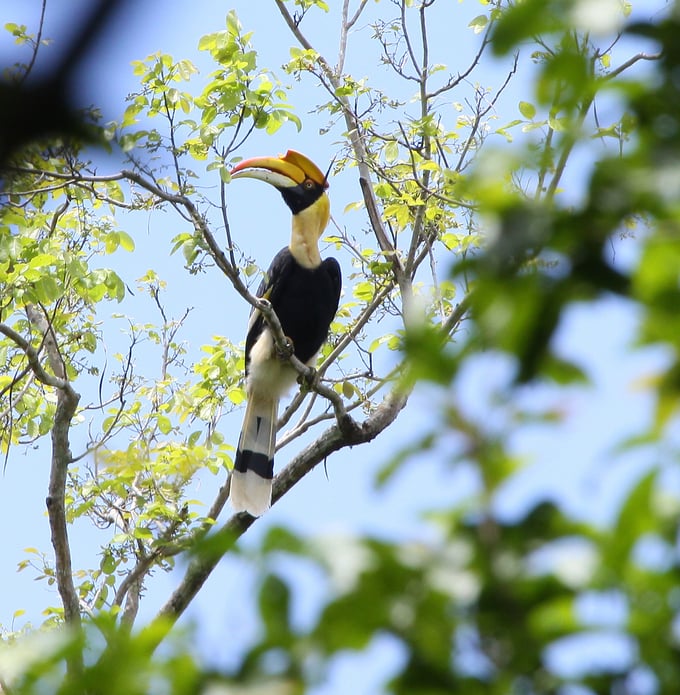
The great hornbill, known as the "Earth Phoenix", is one of the endemic species in Bu Gia Map National Park listed in the IUCN Red Book and the Red Book of Vietnam. Photo: Kieu Thap.
In terms of flora, the national park has 1,114 species belonging to 480 genera and 126 families, with many trees belonging to the rare legume family such as black rosewood (Dalbergia oliveri), makha (Afzelia xylocarpa), Burma Padauk (Pterocarpus macrocarpus), agarwood (Aquilaria crassna), and kim giao (Nageia fleuryi).
88 species are endangered and rare, 11 species are listed in the World Red Book (IUCN 2020), 14 species are listed in the Red Book of Vietnam (2007), and 76 species are listed in Decree No. 06/2019/ND- CP. There are 5 species listed the Convention on International Trade in Endangered Species of Wild Fauna and Flora (CITES), along with 278 varieties of medicinal plants.
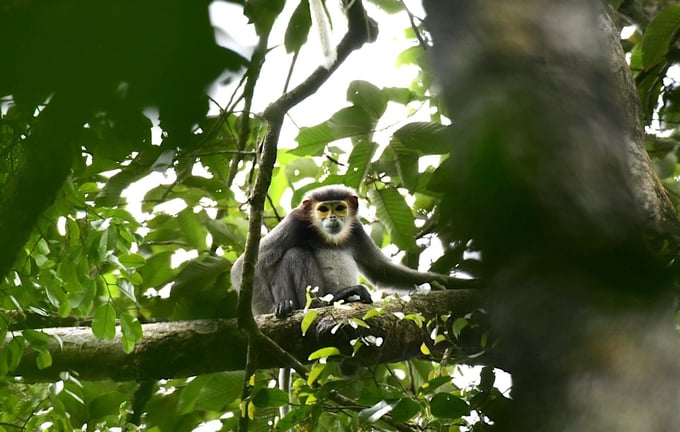
Black-shanked douc (Pygathrix nigripes), endemic to Bu Gia Map National Park. Photo: Van Bien.
In terms of fauna, there are 835 species, including 106 mammal species, 248 bird species, 59 reptile species, 28 amphibians, 342 insect species and 49 fish species. There are 106 rare and endangered species, 9 species in the World Red Book (IUCN 2020), 15 species in the Vietnam Red Book in 2007, 84 species recorded in Decree No. 06/2019/ND-CP and 40 species listed in the CITES 2019 list.
Blessed with a diverse ecosystem, Bu Gia Map National Park is also a place to preserve ecological standards and rare genetic resources of endemic flora and fauna. It is a perfect destination for scientific research and development of ecotourism, not only domestically but also internationally.
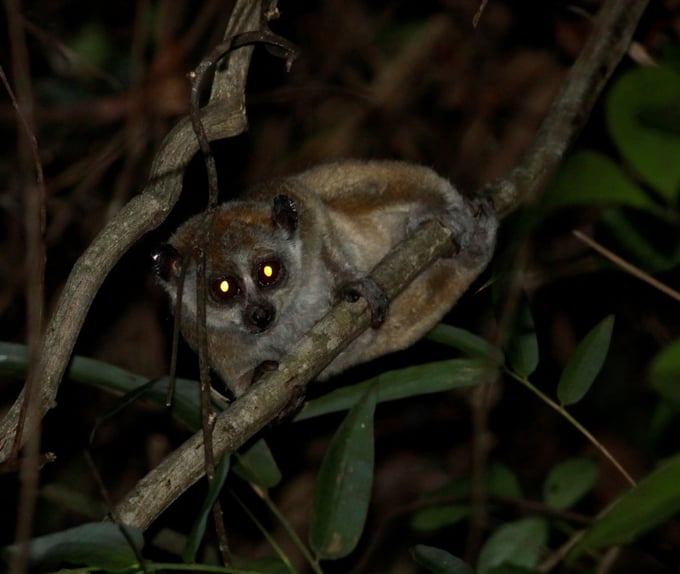
Pygmy slow loris in Bu Gia Map National Park. Photo: Kieu Thap.
In Bu Gia Map National Park, there are two indigenous communities that have lived for a long time and contributed to the park a typical indigenous culture, namely the S'Tieng and M'Nong people. “Currently, the ecotourism format is gradually flourishing. In addition to having a typical ecosystem with beautiful landscapes and historical sites, the indigenous community plays a big part. They have traditional culinary ‘specialties’ such as can wine, thut soup, boi soup, and bamboo tube-cooked rice. The indigenous cultures also have unique charm, such as gong festivals, worshiping ceremonies such as offerings to forest gods. If there is a methodical investment, these are important factors to attract tourists to the national park. Not only getting income, the park will gain better marketing, not to mention it creates educational values," said Director of Bu Gia Map National Park Vuong Duc Hoa.
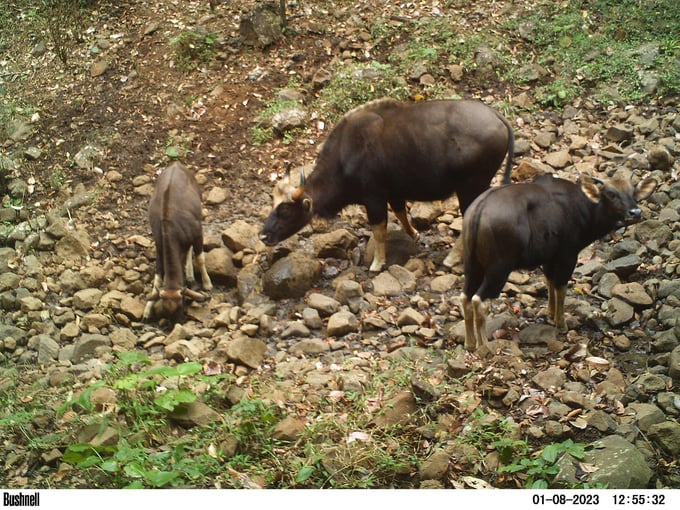
According to the leader of Bu Gia Map National Park, the herd of gaurs in the park has grown quite well, it is estimated that there are more than a dozen herds, each herd of 10-15 heads. Photo: Bu Gia Map National Park.
In addition to the legendary QL14C route, in the core of Bu Gia Map National Park, there is a special National Historic Site. That is the end point of the VK96 petroleum pipeline. The Fuel tank - Fuel depot VK98 in Loc Quang commune (Loc Ninh district) is a relic belonging to the network of relics of Truong Son - Ho Chi Minh Road.

Bald uakari kept at the Bu Gia Map National Park Rescue Center. Photo: Phuc Lap.
From my point of view, the protection of forests in Bu Gia Map National Park could not be more effective. Director Hoa said that all roads in and out of the forest have been strictly "blocked off" by security checkpoints and stations with the help of the contracted community in collaboration with the park rangers. "Anyone who 'has no business' entering the forest will be detected immediately”.
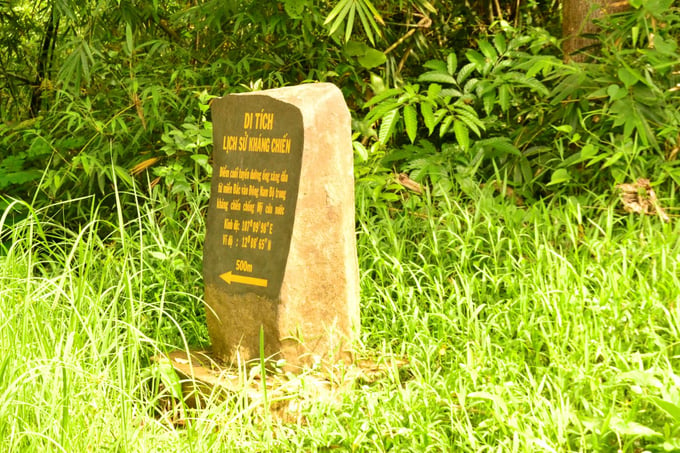
Special national historic site "VK96 Petroleum Pipeline Endpoint" in the forest core of Bu Gia Map National Park. Photo: Phuc Lap.
I learned that each household participating in a contract to protect the forest receives approximately VND 2.5 million/month. This is a significant source of income to increase income for contracted households, reduce pressure on forests, and raise awareness of communities in forest protection and biodiversity conservation.

Dieu Nhu (left), one of the community residents contracted to protect the forest, discussing forest protection with Le Duy Thang. Photo: Phuc Lap.
Following Thang to the forest guard post in Bu Dot village, Bu Gia Map commune, Dieu Nhu, 54 years old, was on duty. The community group of Bu Dot village has 32 households contracted to protect 2,100 ha of forest. "Since when did you join the contract?", I asked. "I have just been doing this for seven years," he said. “Is the income good?” I continued. “It depends on how much or how little I go. As I do from 30 to 40 days every quarter of the year, earning 250 thousand dong per day. On average, each quarter I get roughly 8 million dong," Dieu Nhu replied.
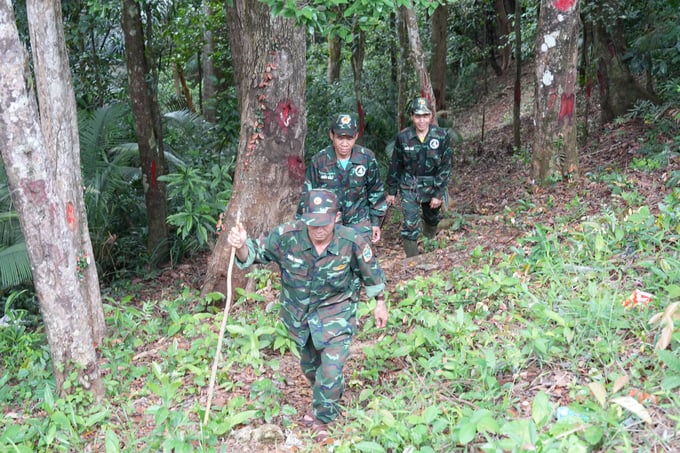
For many years now, the protection of the national park has been done quite well by contracting out to the local community. Photo: Phuc Lap.
In the community of Bu Ren village, Dieu Thien, 37 years old, the leader of the contracted community group said that the group has 30 households, contracted for nearly 1,800 ha. “I have been contracted to protect the forest for 10 years. Working from 10 to 15 days a month, an average of 3 million VND per month”.
I asked: "Is the income good, do you really want to do it?". He replied: “Sure. I will even do it well. I get the money, and I can go to the forest. But if you do not participate in the contract, you can never enter the forest. Thanks to contracted forest protection, the family's economy is stable and not as difficult as before”.
Translated by Samuel Pham
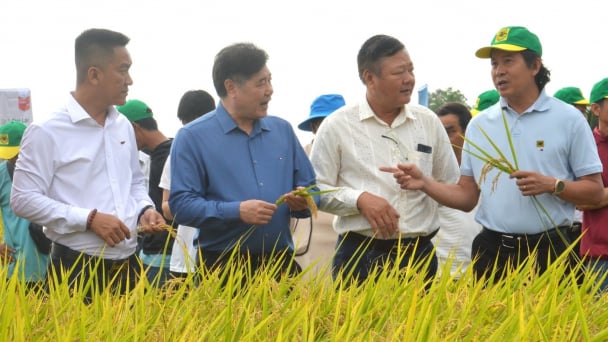
(VAN) The results from pilot fields are catalyzing the expansion of the One million hectares of high-quality, low-emission rice project in Kien Giang.
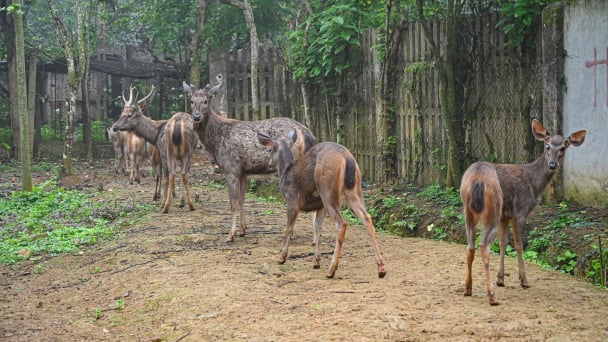
(VAN) On the morning of April 11, Cuc Phuong National Park received 18 individuals of endangered and rare wild animals from Da Nang city.
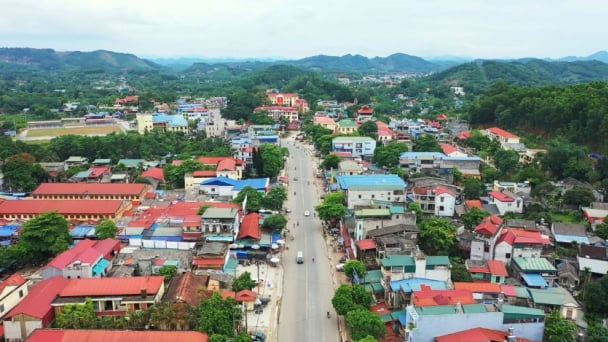
(VAN) FAO supports Vietnam in enhancing survey sampling techniques for the 2025 nationwide agricultural and rural census.

(VAN) By participating in the green transition, manufacturers become an indispensable part of the circular economy, contributing to resource optimization and environmental protection.
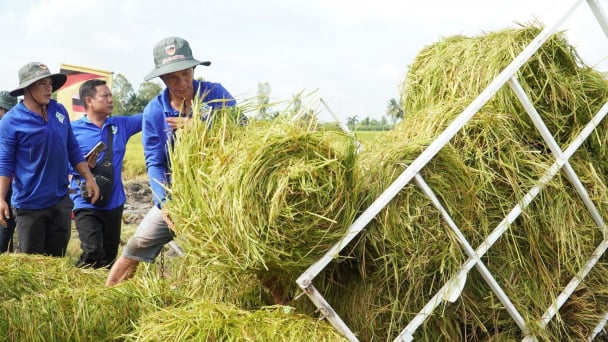
(VAN) The One Million Hectares of High-Quality and Low-Emission Rice Program can generate nearly 14 million tons of straw annually, posing an urgent requirement to diversify straw-based products.
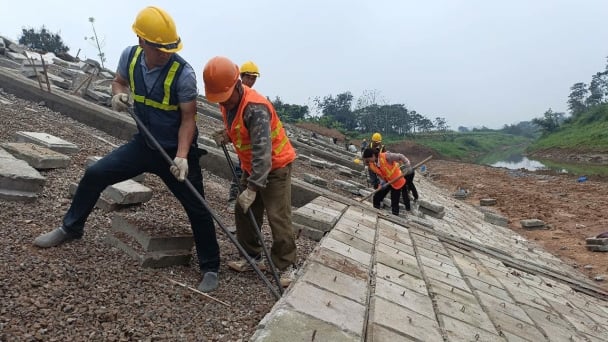
(VAN) This figure was recently announced at a conference held in Yen Bai, focusing on climate-resilient infrastructure development for ethnic minority regions.
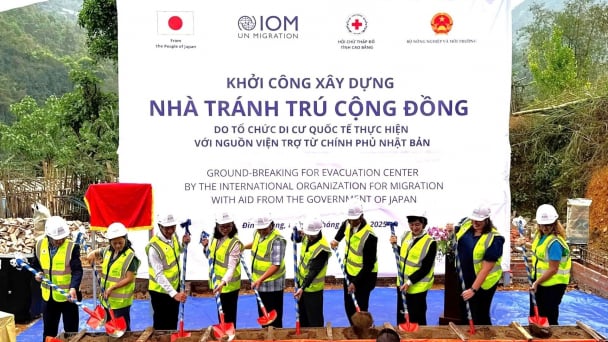
(VAN) The evacuation center is a practical work in efforts to respond to natural disasters and adapt to climate change in vulnerable areas.